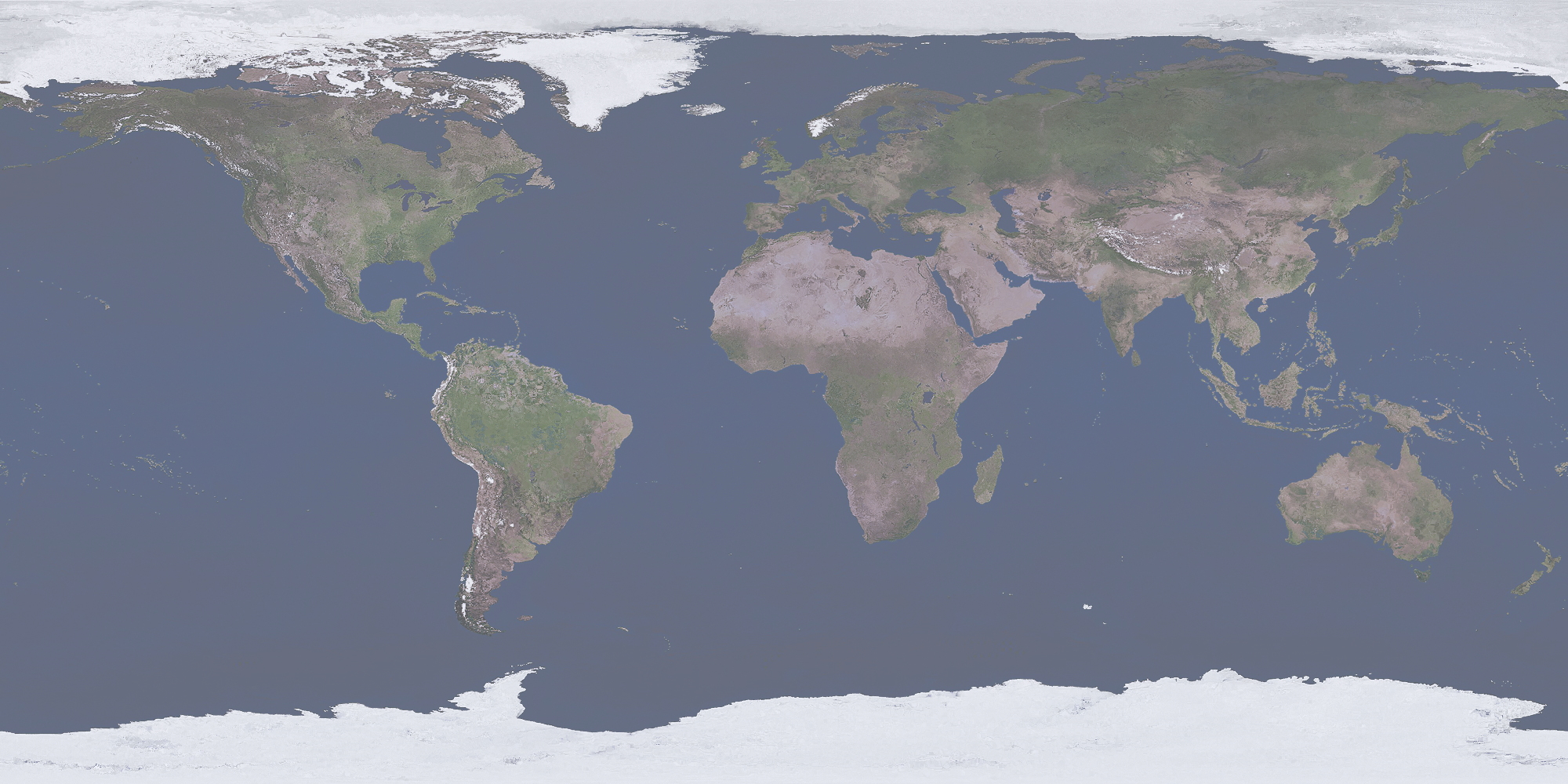11.3. Volcanism – Review Questions
- Name places where you would expect to find each of the following lavas. Describe the composition of each type of lava. Describe the viscosity of each lava type.
- Basaltic
- Andesitic
- Rhyolitic
- Which kind of lava is associated with explosive eruptions? Which kind of lava is associated with effusive eruptions?
- Give an example of a location on earth where you find rocks formed from each of the following types of lava: basaltic, andesitic, and rhyolitic.
- Describe textures that are common in volcanic rocks.
- What are the three major types of volcanoes? Describe and draw the shape, size, and origin of each, the tectonic setting where each occurs, and provide an example of each.
- Describe and draw the major features of volcanoes.
- List and describe several volcanic hazards.
- Where do we find volcanoes in Canada? What kinds of volcanoes are they? What kinds of hazards are associated with these volcanoes?
- What are the most abundant volcanic gasses? Which ones are toxic? If you look up the composition of air, how does it’s composition differ from the list of abundant volcanic gasses?
- Search for “volcanic” on google. Test yourself by describing the photos with as much detail as possible. Try to use words describing the lava and its properties and the rocks and pyroclastic materials that are shown in the images, and see if you can guess more than you see (e.g., if it looks like a basaltic lava flow, what texture and minerals would you expect to see in the rocks?). Can you see evidence to suggest what the tectonic setting is where the photos were taken?
Extra review questions that may be covered in lecture (depending on your professor) that are not completely covered in the the textbook readings:
- Lava can produce different kinds of landforms. What are the three main factors influencing the type of landform lava produces?
- What are the six major types of volcanoes? Describe and draw the shape, size, and origin of each, the tectonic setting where each occurs, and provide an example of each.
- Using the list of famous volcanoes in section 11.2 of this workbook, label the locations of these volcanoes on the map of the world below (Figure 11.3.1).

- Compare the positions of the volcanoes you have placed on the map with the figure in section 4.3 (Figure 4.3.1). Which volcanoes are associated with plate boundaries? Which volcanoes are not associated with plate boundaries? What is the source of the magma that generates the volcanoes that are not at plate boundaries?


